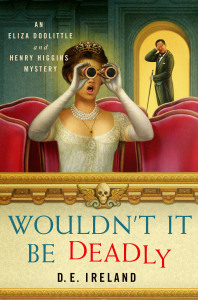By Jeni Chappelle, @jenichappelle
Writers often spend hours creating a realistic and compelling backstory for each major character in their novels. After all that hard work, it’s natural to want to include as much of that as you can. But there’s a fine line between clarifying a character’s past and writing too much backstory. Readers don’t usually need to know much of the characters’ history in order to engage with the story. Here are some ways to help you find the right balance.
The Four I’s
First, let’s revisit what makes an engaging backstory. Only include backstory that fits four criteria—I call it The Four I’s.
- Important: It’s directly relevant to the plot.
- Individual: It reveals something essential about the character.
- Interesting: It pulls the reader in with mystery.
- Interval: It’s spread out so it doesn’t overwhelm or bore the reader.




